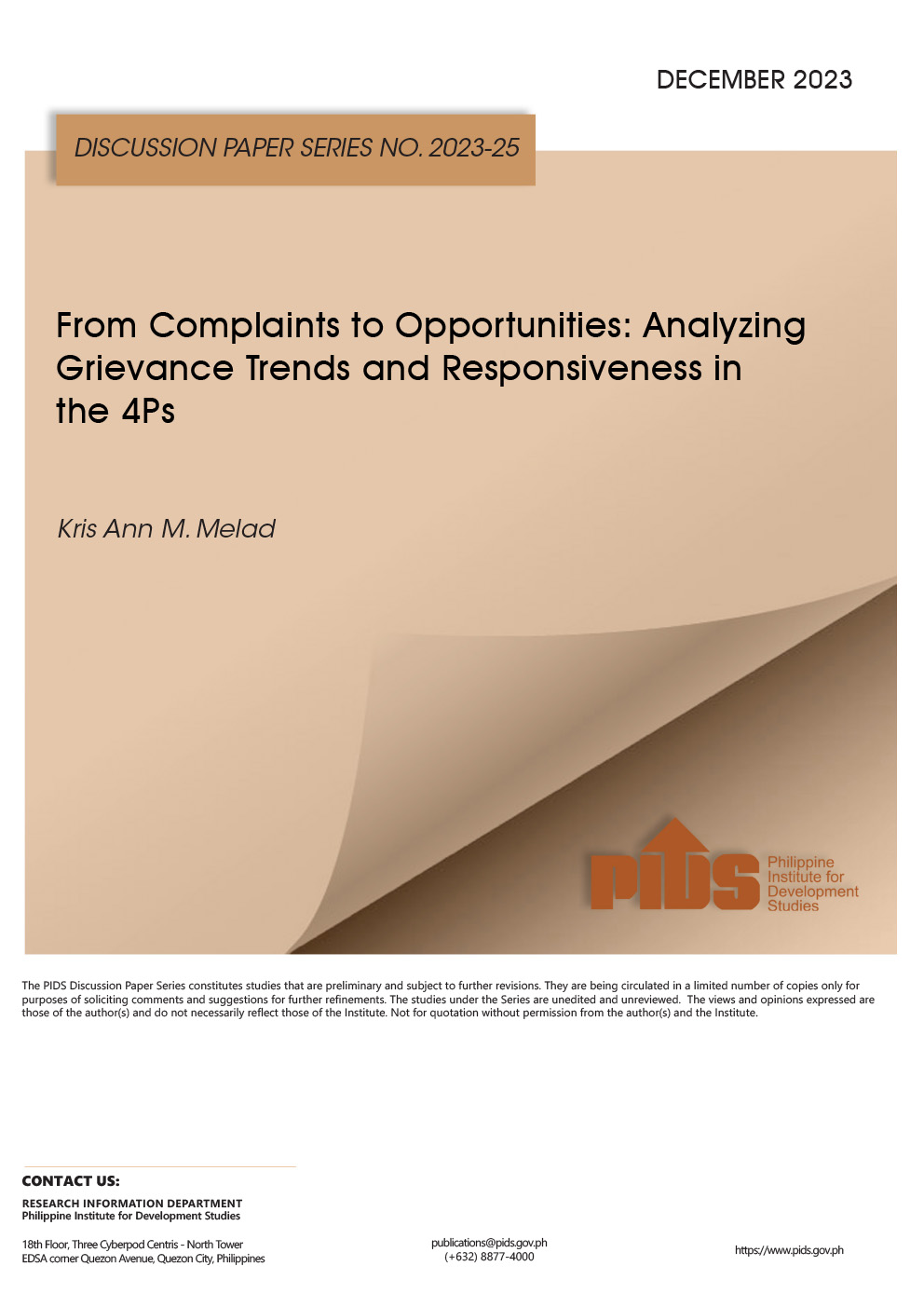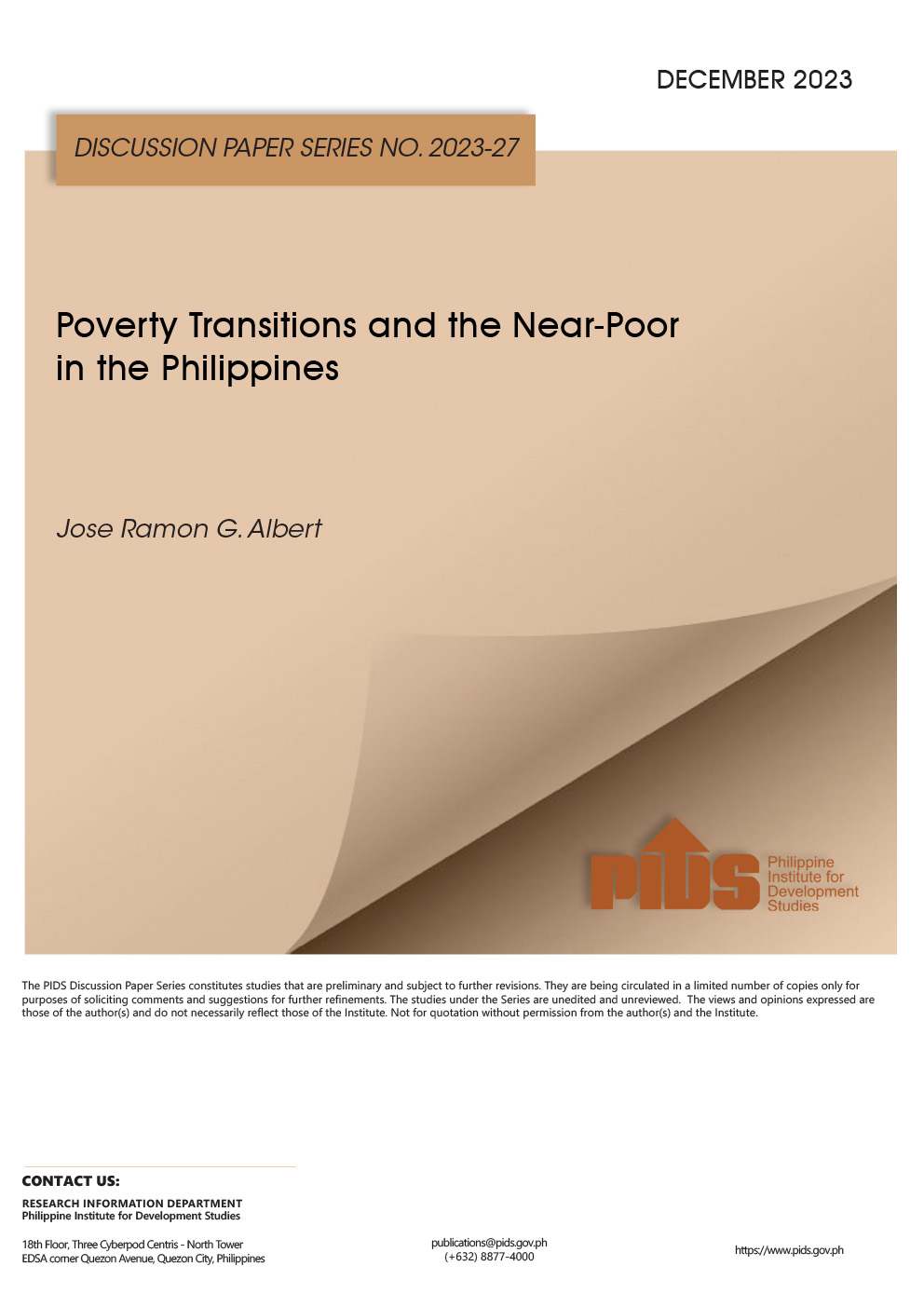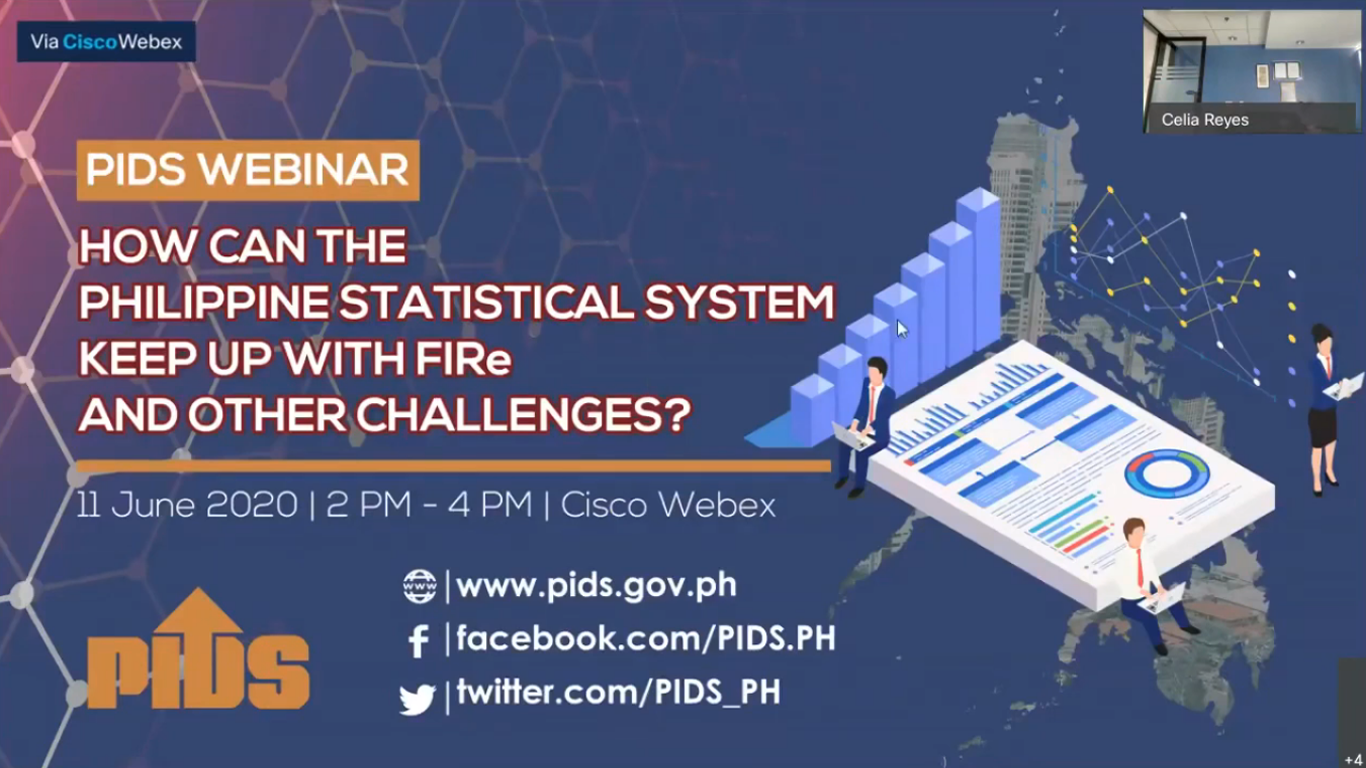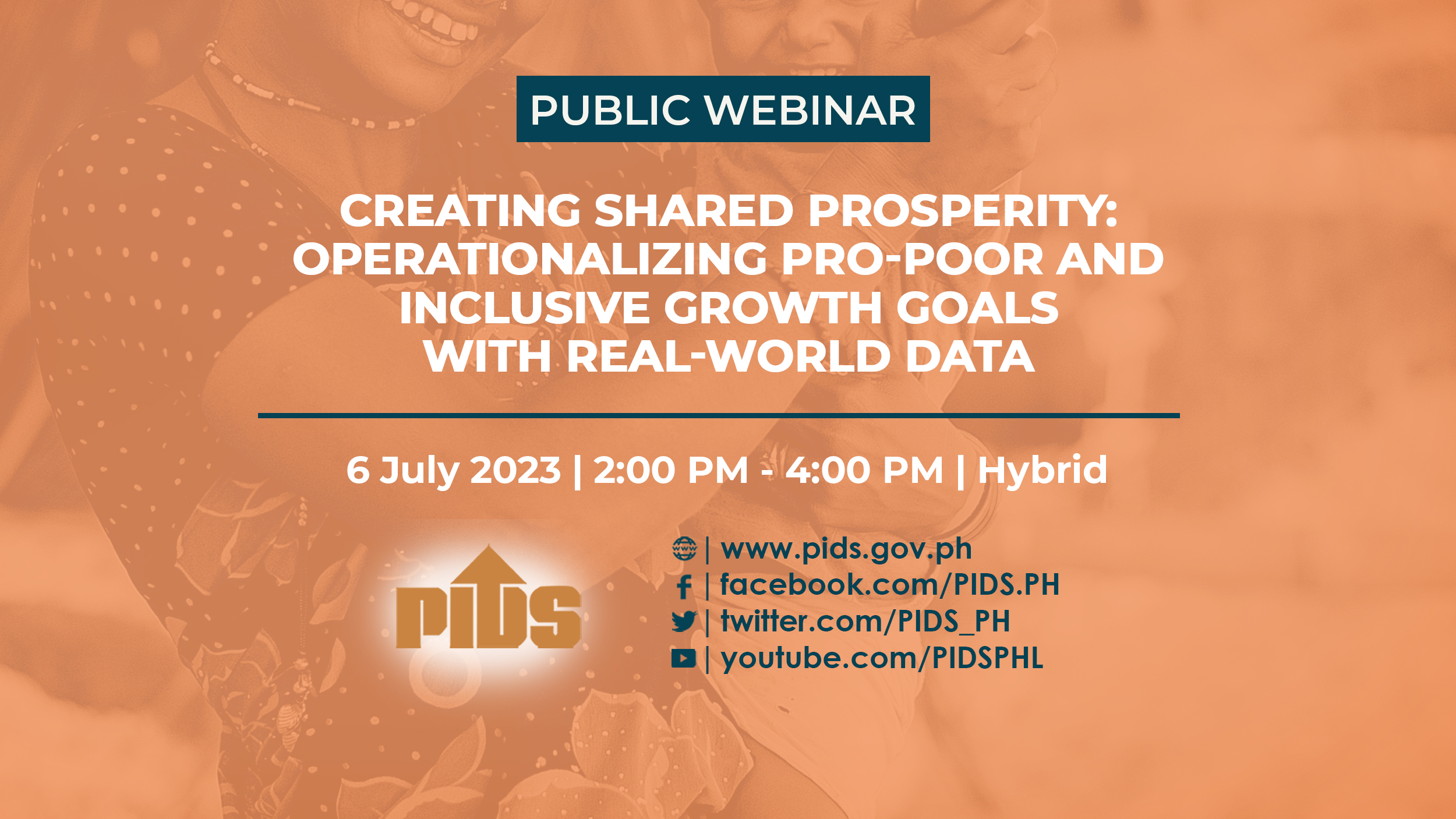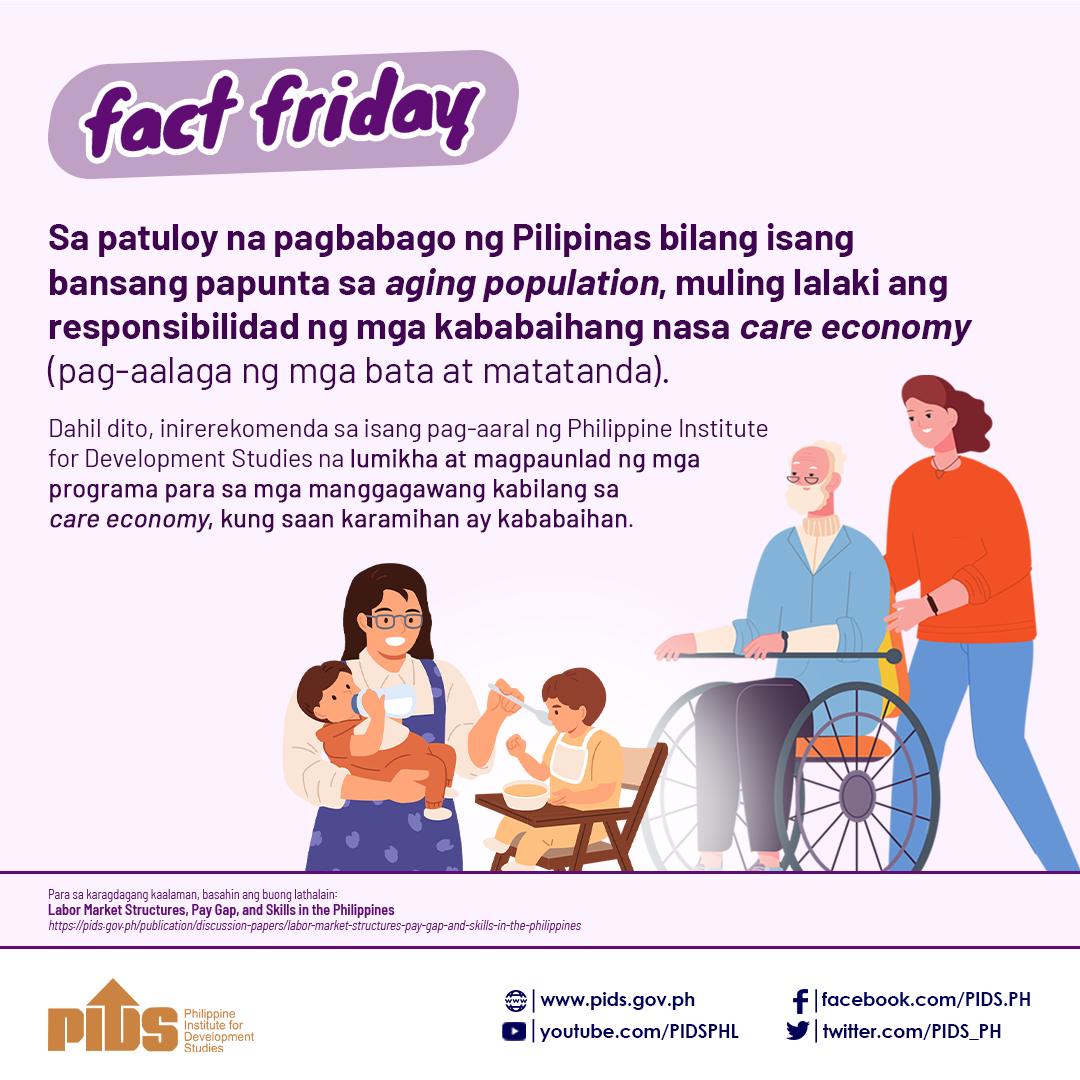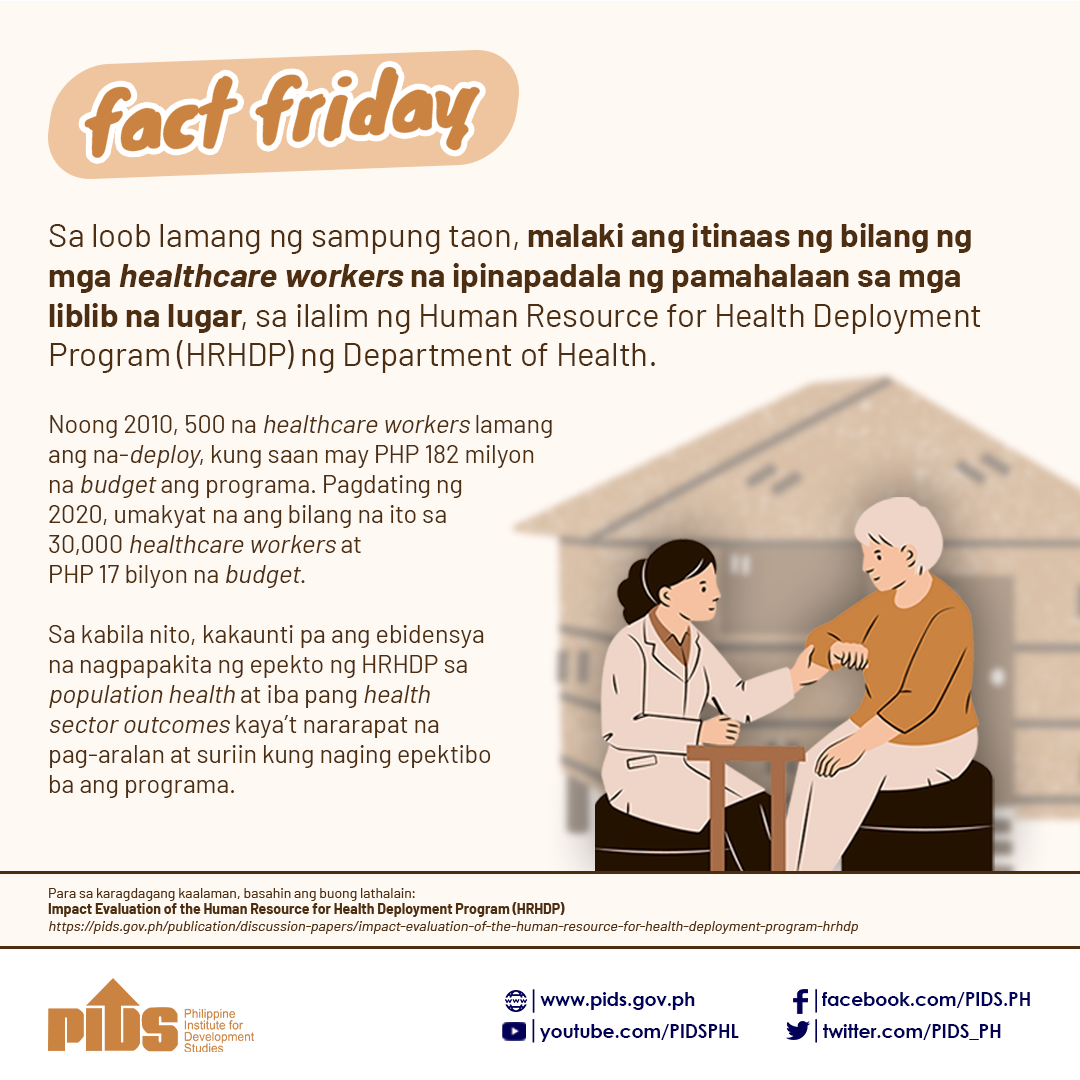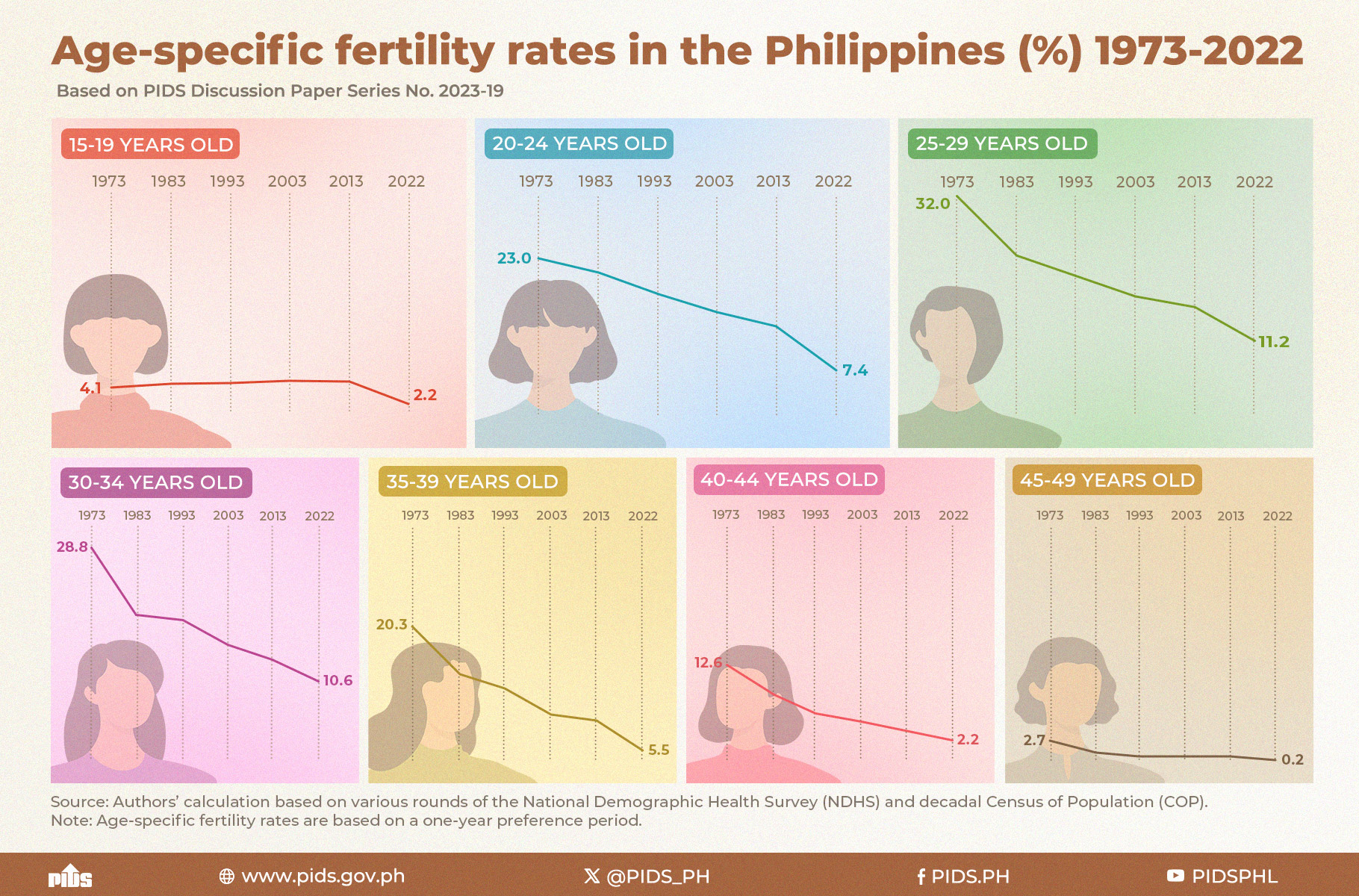NEARLY half of all Filipinos are vulnerable to becoming poor due to various external shocks, according to a study released by the Philippine Institute for Development Studies (PIDS).
As of 2015, around 48.5 percent of Filipino households are vulnerable to income poverty and a third of which are highly vulnerable, according to PIDS Senior Research Fellow Jose Ramon G. Albert and Research Assistant Jana Flor V. Vizmanos.
The study said when there are shocks such as labor and employment, price and demographic factors, these households are prone to become poor or fall deeper into poverty, Albert and Vizmanos wrote in their study, titled “Vulnerability to Poverty in the Philippines: An Examination of Trends from 2003 to 2015.” This could lead to still undetermined development losses.
“When vulnerable households face shocks, development losses are often the result of the ad-hoc decisions and the lack of preparations for uncertainty,” the authors said. “In the face of limited resources and uncertainty, setting priorities and making constrained choices is unavoidable.&rdquo
“Poor households, for instance, may decide to put more priority on addressing daily survival needs over investing in the education of their young members given limited daily income and uncertainties in opportunities,” they added.
Decrease
ALBERT and Vizmanos said that one-seventh, or 13.9 percent, of households nationwide is highly vulnerable and about a third, or 34.9 percent, are relatively vulnerable to shocks.
The authors added that while the overall percentage of households vulnerable to shocks decreased, the decrease occurred at substantially lesser rates from 36.7 percent in 2003 to 34.5 percent in 2015.
“[This was] on account of the increase in the proportion of poor households that are relatively vulnerable, which offset the decline in the proportion of non-poor households that are relatively vulnerable,” Albert and Vizmanos said.
Among the basic sectors that are most vulnerable to shocks are fishermen, with 83.6 percent of them considered highly and relatively vulnerable.
This was followed by farmers where 72.9 percent of households are highly or relatively vulnerable to shocks; children, 66.8 percent; self-employed and unpaid family workers, 60.8 percent; and women, 56 percent.
The least vulnerable to shocks are individuals living in urban areas, with only 37.9 percent of households considered highly and relatively vulnerable.
“Many of the basic sectors have been targeted for specific social protection and other interventions but targeting systems for these programs have often been defective,” the authors said.
Variability
THE authors said that social protection can help manage these risks by helping households cope with income variability. This has been the aim of the national government for instituting the Pantawid Pamilyang Pilipino Program, or 4Ps.
However, the 4Ps is not the only social protection program implemented by the government through the Department of Social Welfare and Development (DSWD).
The DSWD also implements the SocPen (Social Pension), which is a social protection intended for indigent senior citizens who are not covered by any pension. Each beneficiary receives P500 to augment their subsistence and medical needs every month.
This augurs well with the aim of the government to cut poverty and make Filipinos less vulnerable to shocks. Over a third, or 39 percent, of senior citizens are either highly or relatively vulnerable to shocks.
This year the national government intends to increase not only SocPen beneficiaries to 3 million, but also the amount of cash assistance to P700 from P500.
In 2019 and 2020, the authors said the monthly subsidies for the SocPen will increase to P800 leading to an annual stipend of P9,600 from P8,400 this year.
Subsidies
IN total, Albert and Vizmanos said the subsidies from the tax-reform law will effectively bring the total SocPen program budget to P26.5 billion in 2018 and P30.1 billion annually in 2019 and 2020.
“The rapid increase in the government’s pension for indigent seniors needs safeguarding. In particular, more attention is needed to ensure SocPen’s poverty-focus and social protection objective are maintained,” the authors, however, said.
Further, there are concerns regarding the source of the information needed for social protection programs such as the SocPen. The authors said most of the data is obtained from the Listahanan, which, they said, was “an incomplete list of the poor.&rdquo
The DSWD, however, allowed the addition of beneficiaries through the Office of Senior Citizens Affairs (OSCA) and the City/Municipal Social Welfare and Development Office (C/MSWDO).
“But, the current lack of standardized operational guidelines for consistently screening program applicants has weakened the poverty focus of SocPen and the ability to achieve the main objective of extending protection to indigent seniors,” Albert and Vizmanos said.
To address these concerns and ultimately reduce poverty, the authors said the government must encourage shared action and responsibility between local governments and other stakeholders.
SDGs
THE authors also said the government needs to create an action agenda that addresses all relevant risks to vulnerability, which takes into consideration synergies, trade-offs and priorities in policy responses, using all available resources, institutions and means of implementation across different contexts.
“Risk resilience measures based on an examination of data on both poverty and vulnerability will allow vulnerable households to reduce the effects of adverse events [e.g., natural calamities, price shocks and idiosyncratic shocks] on their conditions but also empower them to seize the moment and take advantage of opportunities for improving their prospects for a better future today,” the authors said.
Eradicating poverty by 2030 is the primary aim of the 17 Sustainable Development Goals (SDGs). The SDGs were adopted by 193 United Nation member- countries, including the Philippines in 2015.
The SDGs have 169 targets and 233 indicators. The Philippines has data to monitor only 103 indicators while the rest are either inapplicable or are not available.
The Global Goals aim to end poverty and hunger, promote universal health, education for all and lifelong learning, achieve gender equality, sustainable water management, ensure sustainable energy for all, decent work for all, resilient infrastructure and reduce income inequality between and among countries.
The goals also include create sustainable cities, ensure sustainable consumption and production, take action against climate change, conserve and sustainably use oceans and marine resources, reduce biodiversity loss, achieve peaceful and inclusive societies, and revitalize global partnership for development.

